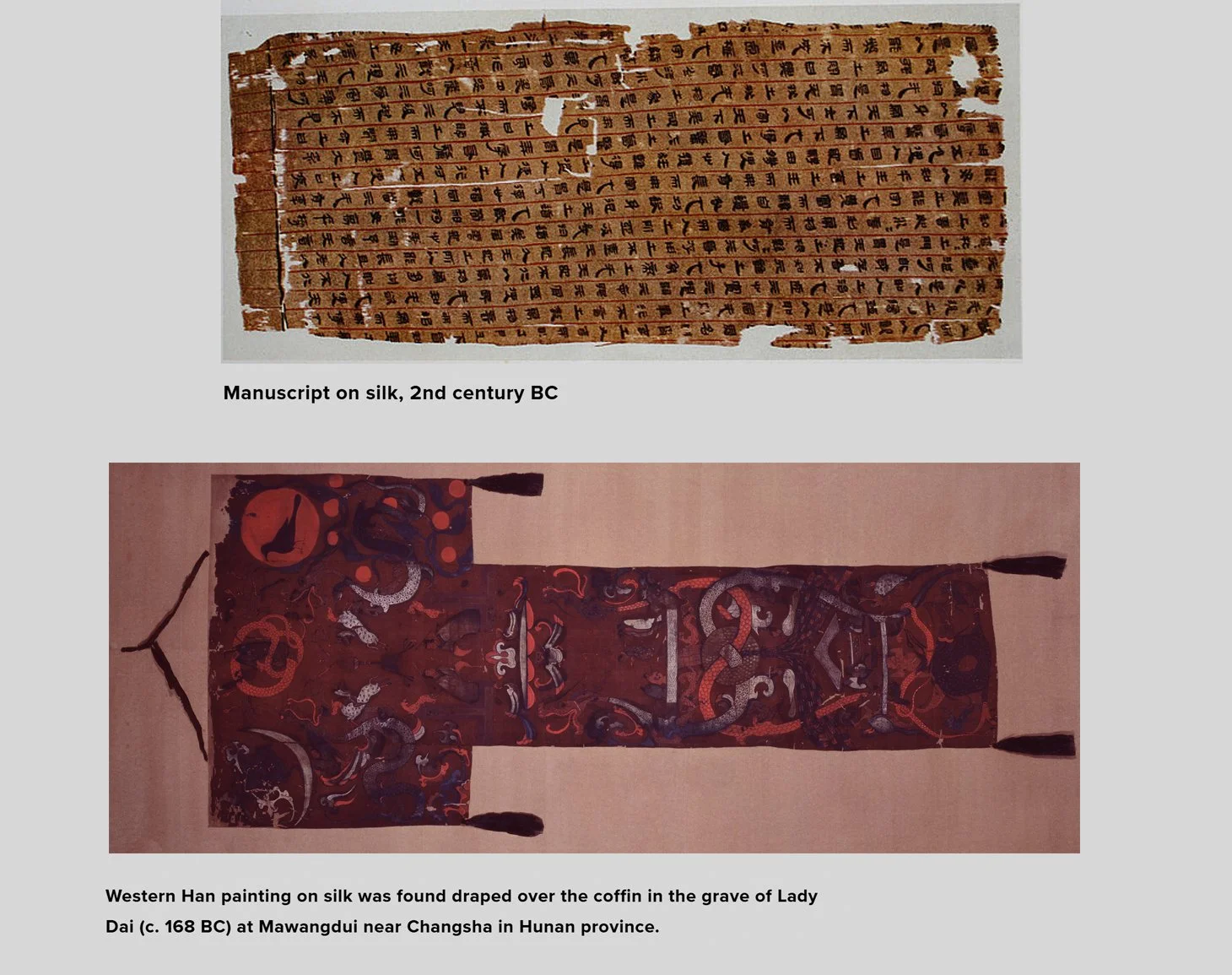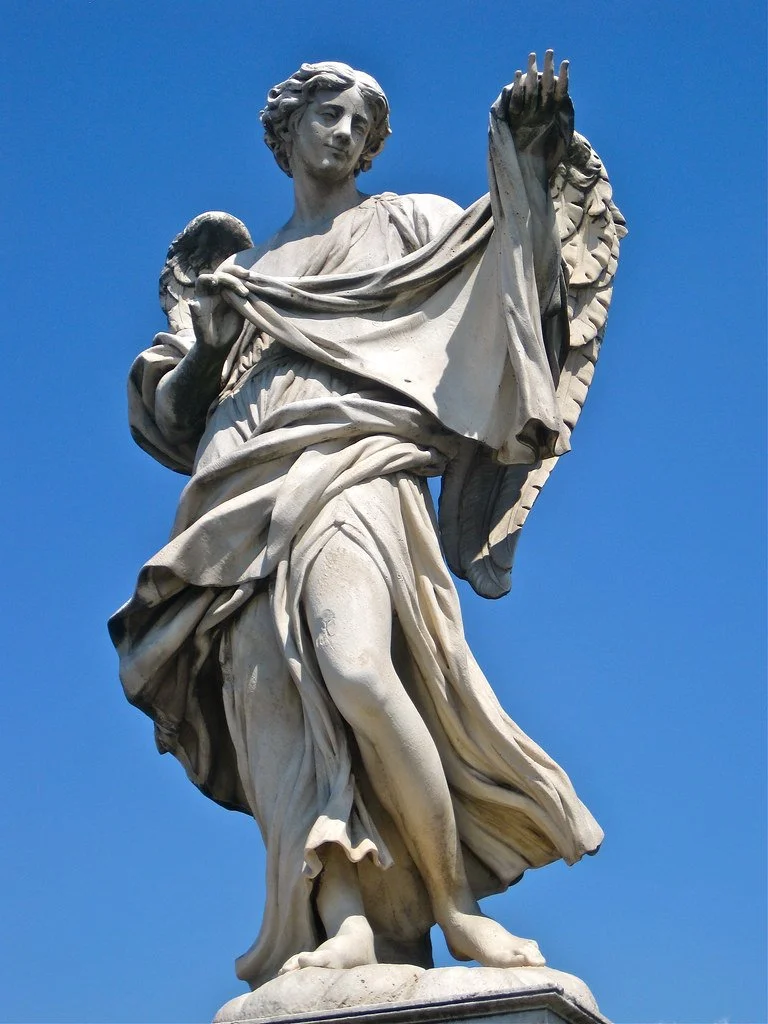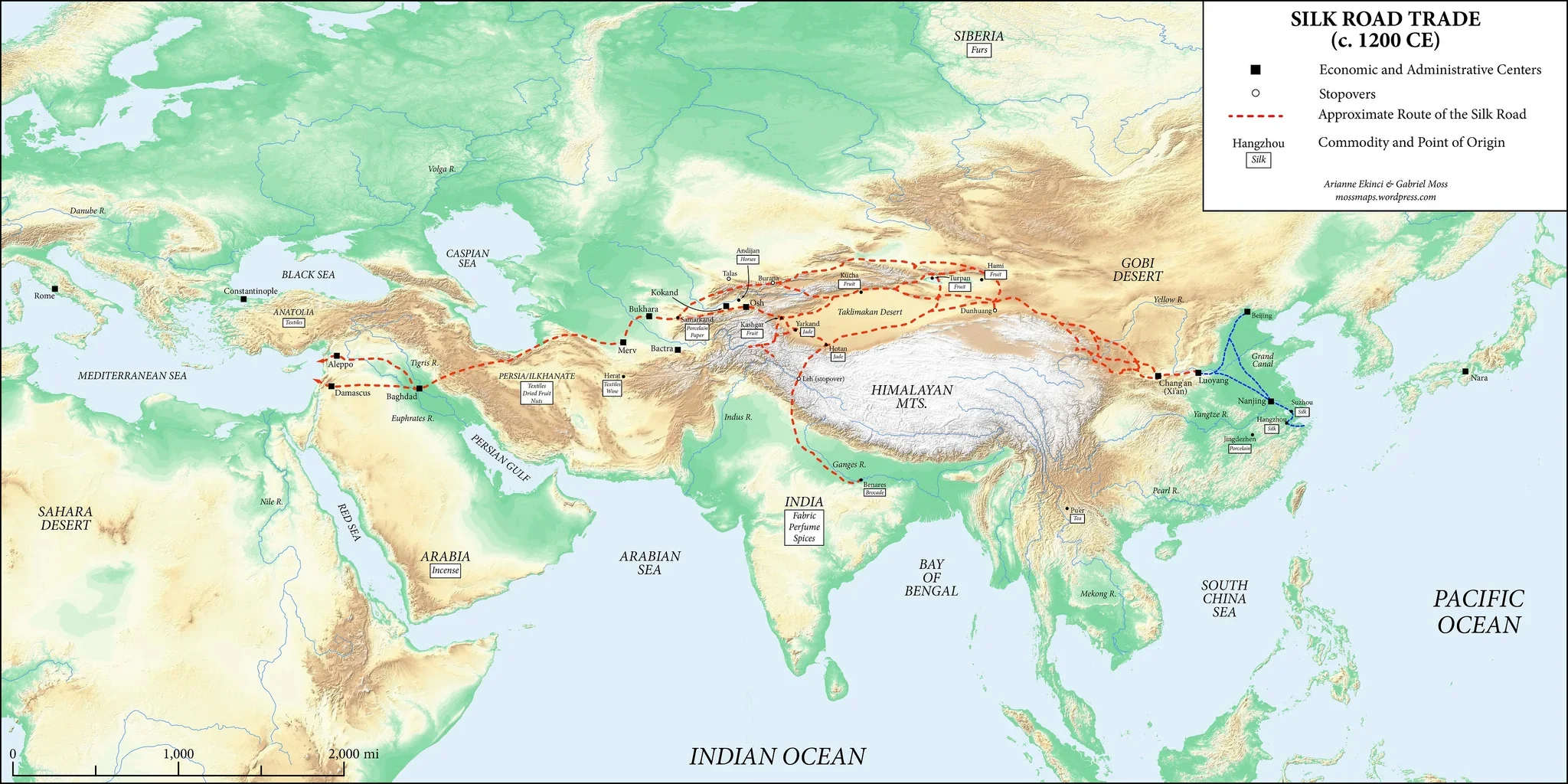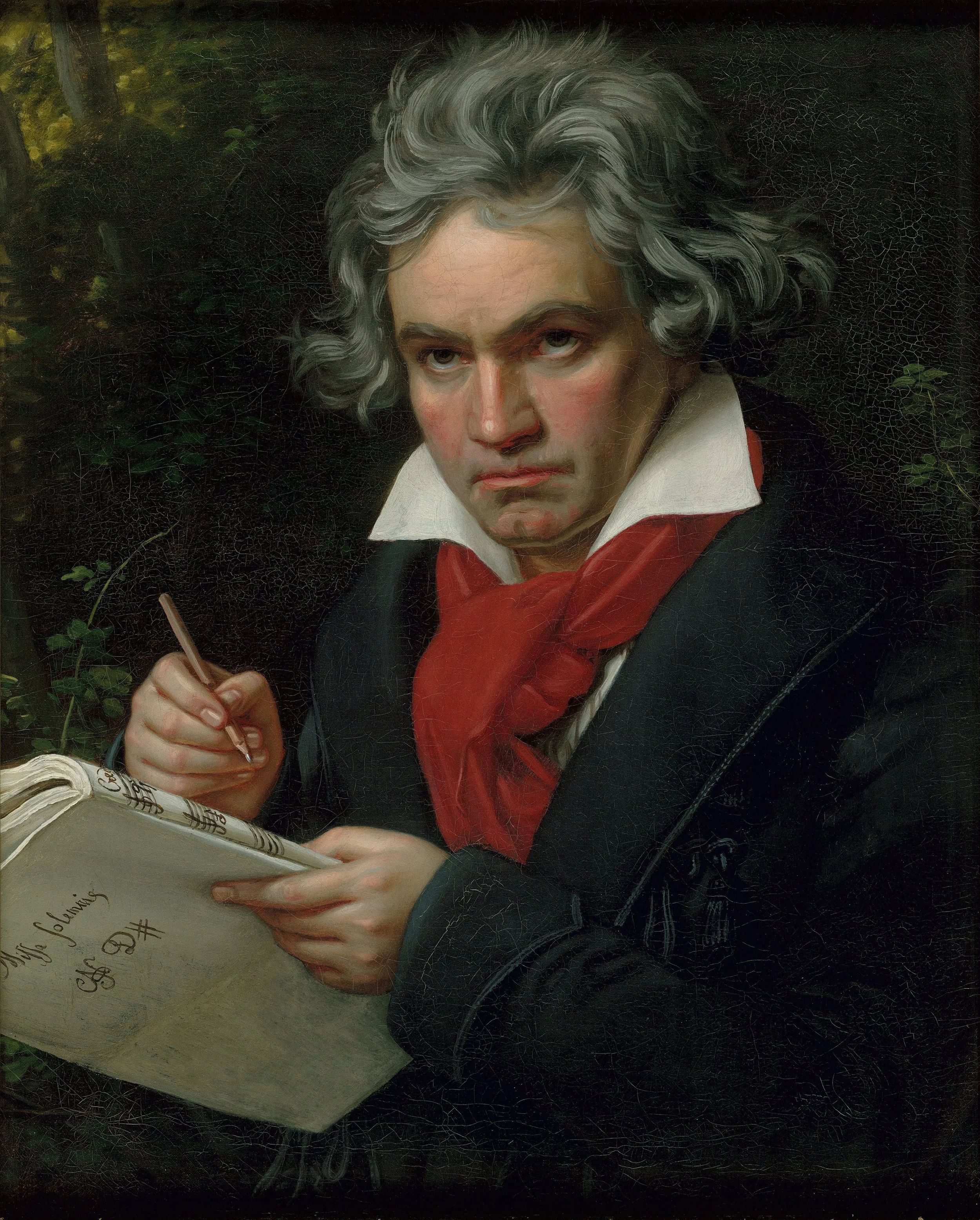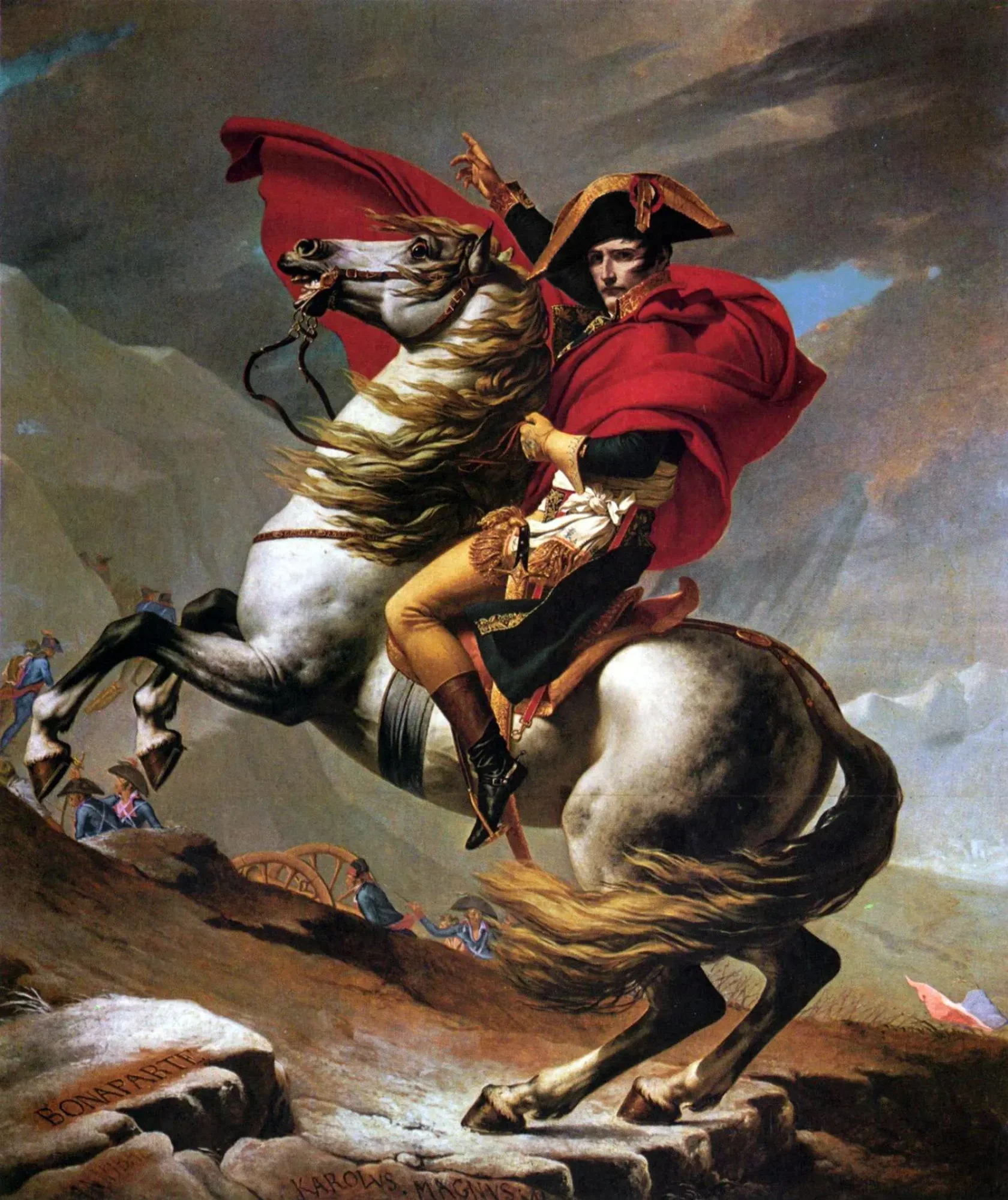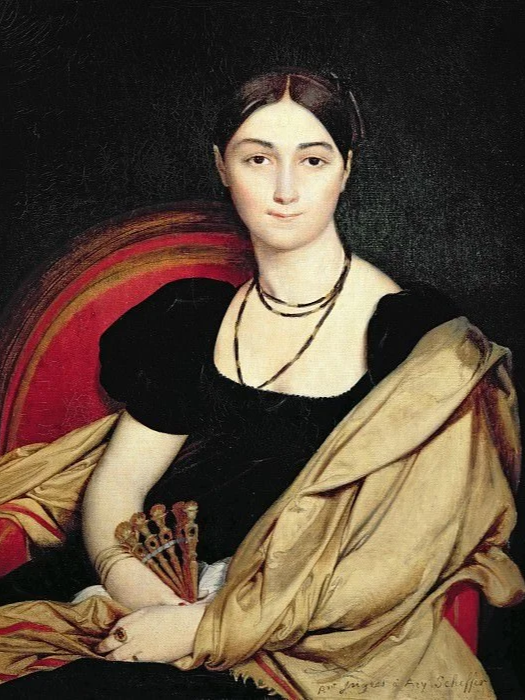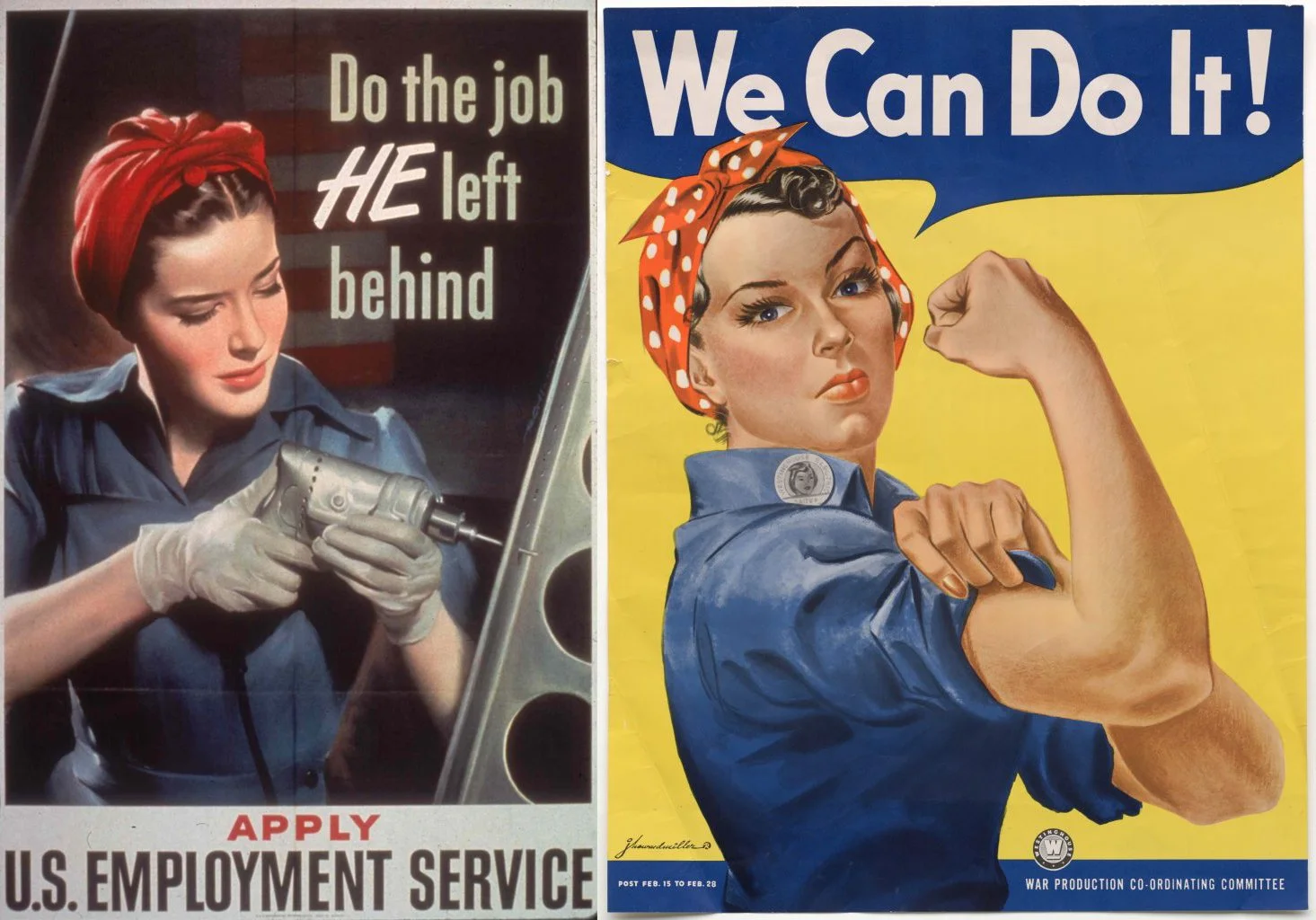The History of Silk Scarves: How the Square Scarf Became a Fashion Icon
In this article, I invite you to journey with me through the history of the scarf — to trace the path of this seemingly simple accessory from its origins to the way it is understood and appreciated in the modern world.
Centuries before it became a luxury staple, the silk scarf—especially in its iconic square form—was a symbol of ceremony, elegance, and identity across ancient civilizations.
Court Ladies Preparing Newly Woven Silk by Emperor Huizong
The story begins in Ancient China, where silk was first woven over 4,000 years ago—archaic fragments dated to around 3630 BC confirm its ceremonial and elite use. For centuries, silk garments and accessories were reserved for emperors, nobles, and top officials, serving not just as decoration but as powerful symbols of status, cultural identity, and refinement.
Ancient Roman culture also embraced scarves, particularly the sudarium—a square or rectangular cloth worn around the neck by soldiers and public figures. Though made from linen or wool, these early fashion accessories were more than practical. They helped establish the scarf as a unisex, symbolic item across classes and professions.
Angel with the Sudarium, Rome, Italy.
As silk spread westward via the Silk Road, the material grew more desirable in Europe.
Silk Road Trade
By the 18th and 19th centuries, European artisans in cities like Lyon and Como began creating beautifully printed silk square scarves. The square shape allowed for symmetrical, balanced designs—ideal for showcasing artistic patterns and detailed craftsmanship.
Portrait of Lord Ludwig Van Beethoven in red scarf.
Bonaparte crossing the Great St Bernard Pass
Queen Victoria, who began her reign in 1837, often wore silk scarves and shawls—especially during her mourning years—helping them become a quiet symbol of elegance and status in Victorian fashion.
Queen Victoria at Drury Lane Theatre, 15 November 1837 by Edmund Thomas Parris (1793-1873), drawn 1837.
Jean Auguste Dominique Ingres – Portrait de Madame Devaucey (sketch)
During World War II, square scarves often featured patriotic designs, becoming subtle symbols of national pride and solidarity.
In the golden era of Hollywood, silk scarves became a timeless symbol of glamour and sophistication. Icons like Marilyn Monroe and Brigitte Bardot effortlessly styled scarves around their heads or necks, adding an elegant finishing touch to their looks.
In the 20th century, the silk scarf became a high-fashion essential. Iconic fashion houses such as Hermès introduced the carré—the classic silk square scarf that helped define the look of sophisticated women across Europe and beyond. Celebrities, royals, and artists alike began incorporating square scarves into their wardrobes as a symbol of personal style and elegant self-expression.
Queen Elizabeth
It’s incredible when you think about it: a scarf is, at its core, just a piece of fabric. And yet, an artist can breathe meaning and emotion into it — through color and texture alone.
A scarf can tell stories, reflect identity, express feeling. It can shift how we see ourselves and how we present ourselves to the world.
Its symbolism is layered — cultural, personal, emotional. From bold statement to quiet support, from strength to softness — all held in something that fits in your hand.
Once it reaches its wearer, it takes on new life. Through fashion, we often fill silent spaces in ourselves — not always consciously, but deeply. Sometimes a scarf is just an accent. Sometimes, it’s something more.
I wish for us to find the energy we need in timeless accessories like the scarf — invented 4,000 years ago — something we can hold in our hands and wear today.
If you're curious about the meaning behind silk scarves, or simply searching for a fashion gift with depth and heritage, my collection was made with you in mind. Each design is my painting, printed on natural fabric and created to honor beauty, expression, and enduring style.
With love,
Kristina


